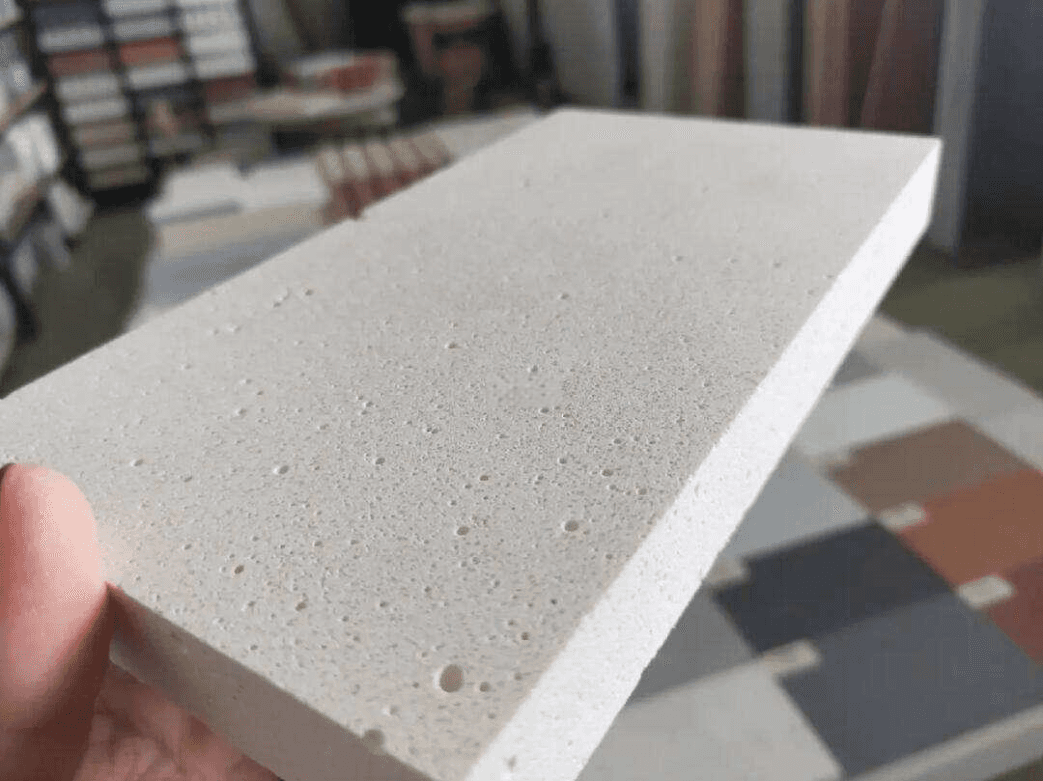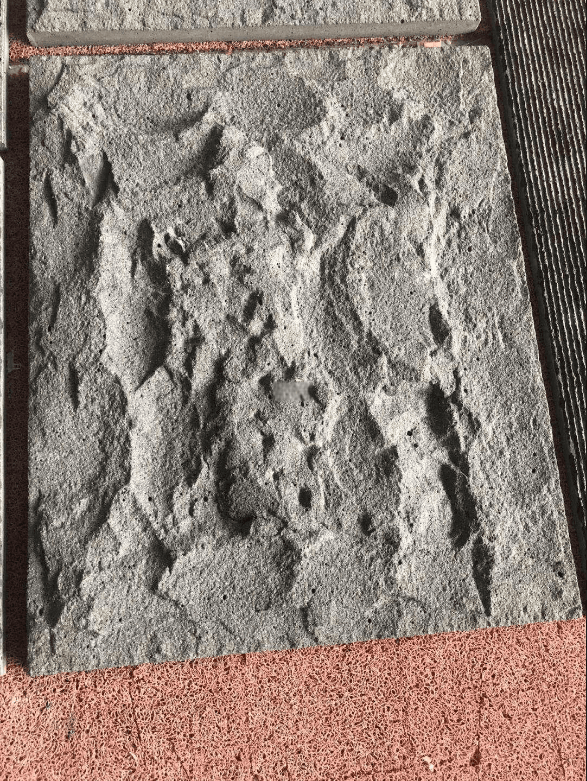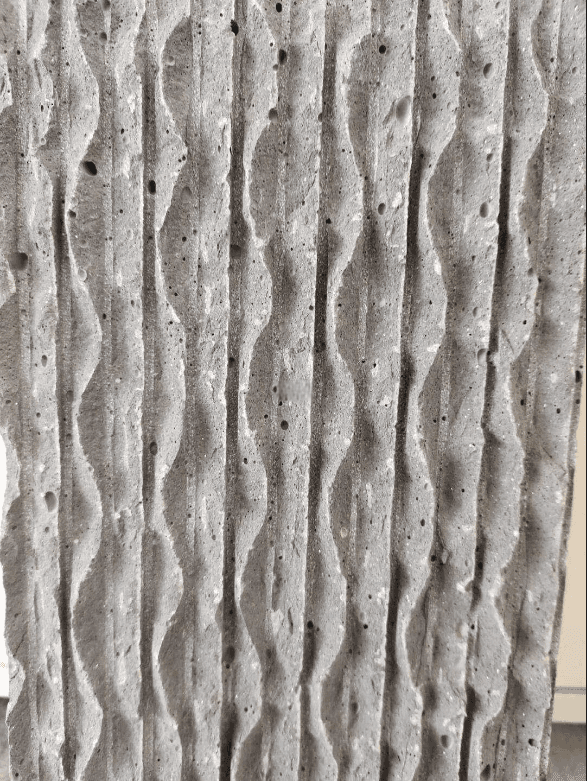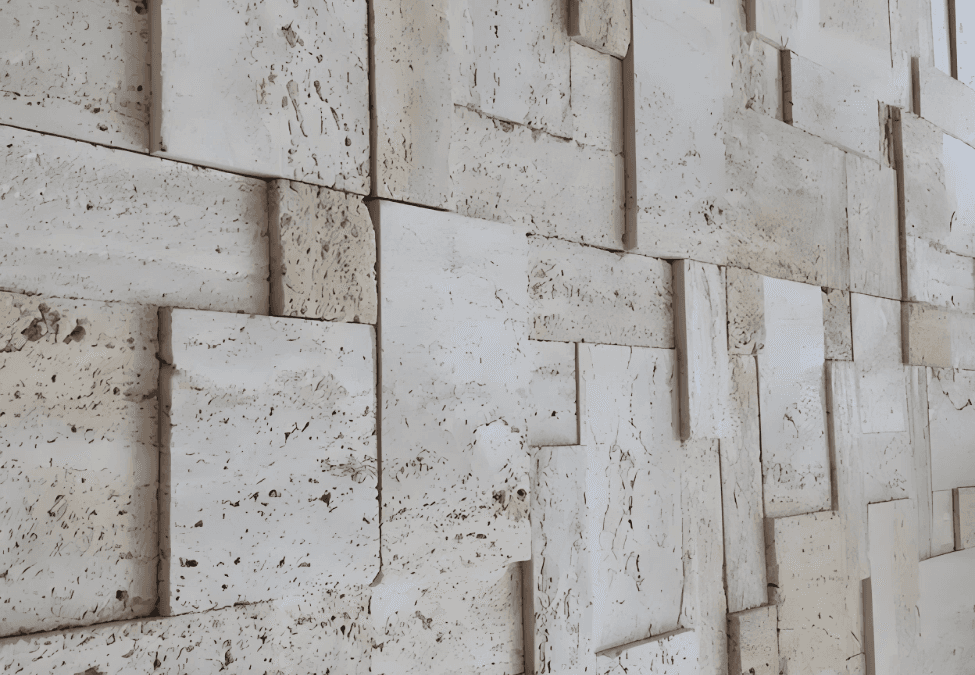What is Inorganic Travertine?
Lizzy
What is Inorganic Travertine?
Inorganic travertine is an innovative stone material that maintains the texture and veins of natural stone while offering properties not found in natural stone. This material meets the needs of modern architecture and has the following characteristics:
Features of Inorganic Travertine
1. Innovative Material
Offers performance characteristics not available in natural stone.
2. Rich Colors and Textures
Provides a variety of natural colors and textures.
Surface treatments can create textures not found in natural stone.
3. Cost-Effective
A cost-effective alternative to natural stone in projects with tight budgets.
Specifications and Sizes
Rough Slab Size: 1250x2400mm
Maximum Finished Size: 1200x2400mm
Common Thickness: 20~25mm
Special Thickness: Customizable to 30/35/40mm
Main Raw Materials and Formula
Active Kaolin
Silicate Alkali Solution: Sodium Silicate or Potassium Silicate
Thickening Agents: Zinc Oxide, Borax
Application Highlights
Inorganic travertine can provide a unique aesthetic appeal to urban buildings, especially commercial buildings, meeting the demands of modern architectural facade materials. Compared to traditional marble or stone-like coatings, inorganic travertine can bring new highlights to commercial buildings.
Formation Environment of Travertine
Travertine typically forms at the bottom of the sea or large lakes where the water dynamics are very weak, allowing the calcium carbonate in the geothermal springs to precipitate evenly, forming travertine with beautiful veins. Commercially valuable travertine mines require uniform texture and beautiful veins. A major defect of travertine is the curved pattern, which is the result of disturbances when the geothermal spring emerges.
Conclusion
As an environmentally friendly wall decoration material, inorganic travertine not only has excellent decorative effects but also durability and economy, making it very suitable for indoor and outdoor decoration of modern buildings.







